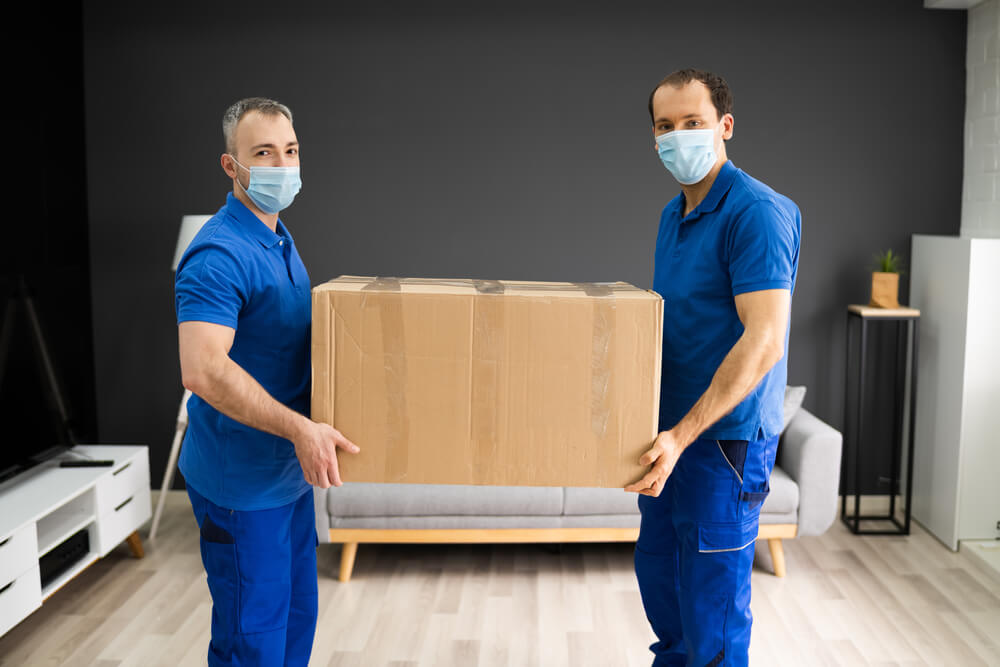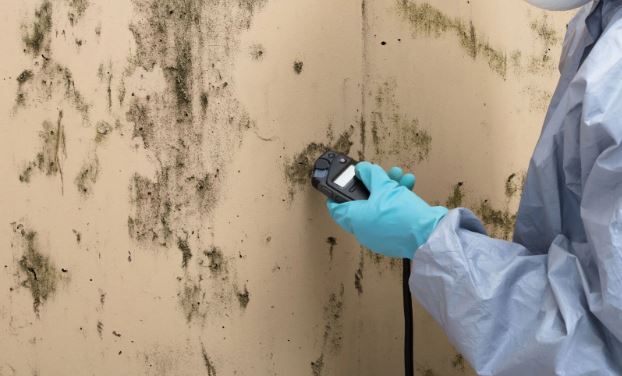
When planning your next move, whether across town or across states, claymontmovers.com offers the perfect example of how reliable, full-service moving companies can completely transform a relocation experience. Moving is widely recognized as one of life’s most stressful events packing, sorting, labeling, loading, transporting, and unloading can consume weeks of your time and energy. However, by working with a trusted moving partner that prioritizes customer satisfaction and care, homeowners and businesses alike can enjoy a seamless transition to their new space.
Why Choose Professional Help Like Chino Movers
Companies such as Chino Movers are dedicated to simplifying the entire moving process. These professionals manage every detail, from wrapping fragile items to safely transporting large furniture, all while ensuring that each possession arrives in pristine condition. Whether you’re planning a local household move or coordinating an interstate business relocation, professional movers bring years of experience, specialized equipment, and logistical expertise to every project.
Instead of worrying about the challenges of packing, transportation, or even temporary storage, clients can focus on other important priorities, such as adjusting to a new neighborhood or managing work commitments. Professional movers not only save time but also help reduce the risk of personal injury and property damage. They understand the science of efficient packing, loading, and route planning skills that can’t be replicated without proper training and equipment.
The Value of Experience in the Moving Industry
Experienced movers understand that every move is unique. Some clients may need full-service packing, while others prefer partial assistance or transportation only. The key advantage of reputable moving companies lies in their ability to customize services based on client requirements and budgets. For example, a family moving into a larger home might need additional packing materials and storage options, whereas a small business might prioritize office furniture installation and IT equipment relocation.
To verify that a mover operates legally and ethically, customers can always check licensing and registration details on the Federal Motor Carrier Safety Administration (FMCSA) website. The FMCSA monitors compliance and provides essential information about carrier safety, insurance coverage, and consumer rights. Doing a quick verification step before hiring movers protects you from fraudulent or unlicensed operations.
Key Services Offered by Trusted Movers
Reputable movers often provide a wide range of services designed to make moving efficient and stress-free. These typically include:
- Full-Service Packing: Complete wrapping, boxing, and labeling of items using high-quality materials.
- Loading and Unloading: Trained staff carefully load heavy or delicate items using proper equipment and techniques.
- Transportation: Safe, reliable moving trucks equipped to handle long or short distances.
- Storage Solutions: Short-term and long-term storage options for clients who need temporary space.
- Specialty Moves: Handling of pianos, antiques, art pieces, and other high-value items with extra protection.
Such services can be tailored to meet individual needs, offering flexibility for homeowners, renters, and commercial clients alike.

Benefits of Hiring Licensed and Insured Movers
The advantages of hiring licensed movers go beyond convenience. Licensed companies must meet federal and state regulatory requirements, including proper insurance and safety protocols. This guarantees that your belongings are covered in case of damage or loss during transport. Additionally, professional movers maintain transparent pricing structures, provide accurate estimates, and uphold service standards that ensure accountability.
Tips for a Smooth Moving Experience
Even with professional help, there are steps you can take to make your move more efficient:
- Plan Early: Book your movers at least four weeks before your move date to secure availability.
- Declutter: Donate or sell unwanted items before packing to save time and reduce costs.
- Label Everything: Clear labeling makes unpacking far easier in your new space.
- Communicate Clearly: Share specific requirements or fragile item details with your movers ahead of time.
- Verify Credentials: Always check mover licenses, insurance coverage, and online reviews.
These proactive measures ensure that your moving day proceeds smoothly, without last-minute surprises.
The Future of Moving Services
With technology integration and customer-centric innovation, the moving industry is evolving rapidly. Online estimates, GPS tracking, and virtual home surveys have made it easier than ever for clients to plan relocations efficiently. In the coming years, we can expect more eco-friendly practices, such as reusable packing materials and energy-efficient transportation fleets, to further enhance the industry’s sustainability.
Whether you are relocating your family home or moving your business to a new location, choosing the right movers ensures a smoother transition. Companies like claymontmovers.com and Chino Movers exemplify how professionalism, reliability, and customer care can redefine the moving experience. With the right support, your next move can be less about stress and more about new beginnings.








